Should I buy the Microsoft Bluetooth Ergonomic Mouse?
Is the Microsoft Bluetooth Ergonomic Mouse worth your hard-earned money or not?

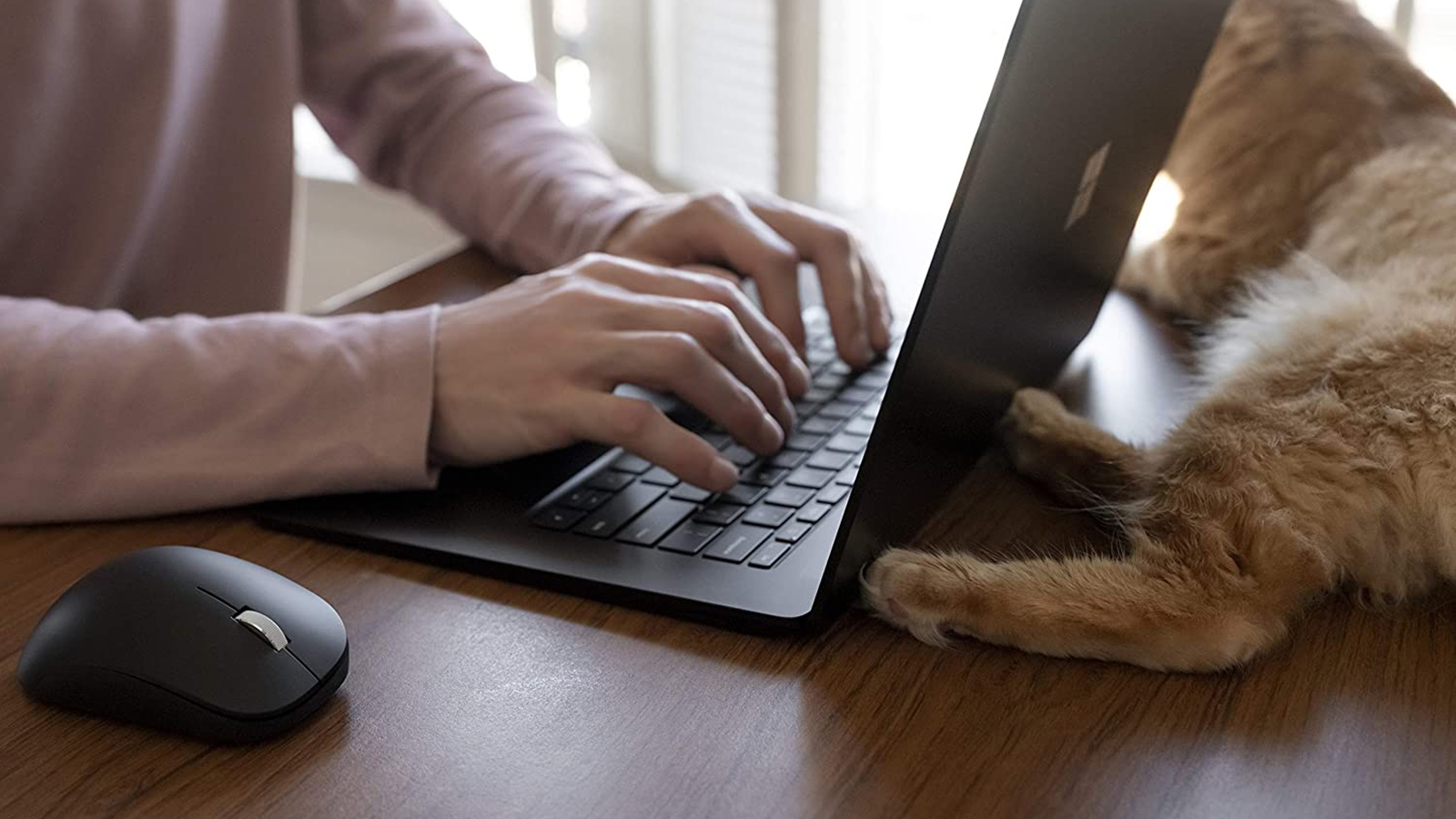
Once you've found the best mouse to connect up to your desktop or laptop computer, the entire user experience improves: clicking, scrolling and navigating around the screen is a lot more fluid with a quality input device, and with that in mind we're committed to helping you find the best hardware for your needs.
Specifically, we're going to take a close look at the Microsoft Bluetooth Ergonomic Mouse in this article. It's a mouse that has hit a sweet spot in terms of price and features – it's not the most advanced or feature-packed mouse you'll ever come across, but it's reliable and relatively affordable, and for most people that's what counts.
At the same time as deciding whether or not the Microsoft Bluetooth Ergonomic Mouse is right for you, we'd also encourage you to check out our guides to the best gaming mouse and the best vertical mouse to make sure you've got all the gear that you need.
Should I buy the Microsoft Bluetooth Ergonomic Mouse?
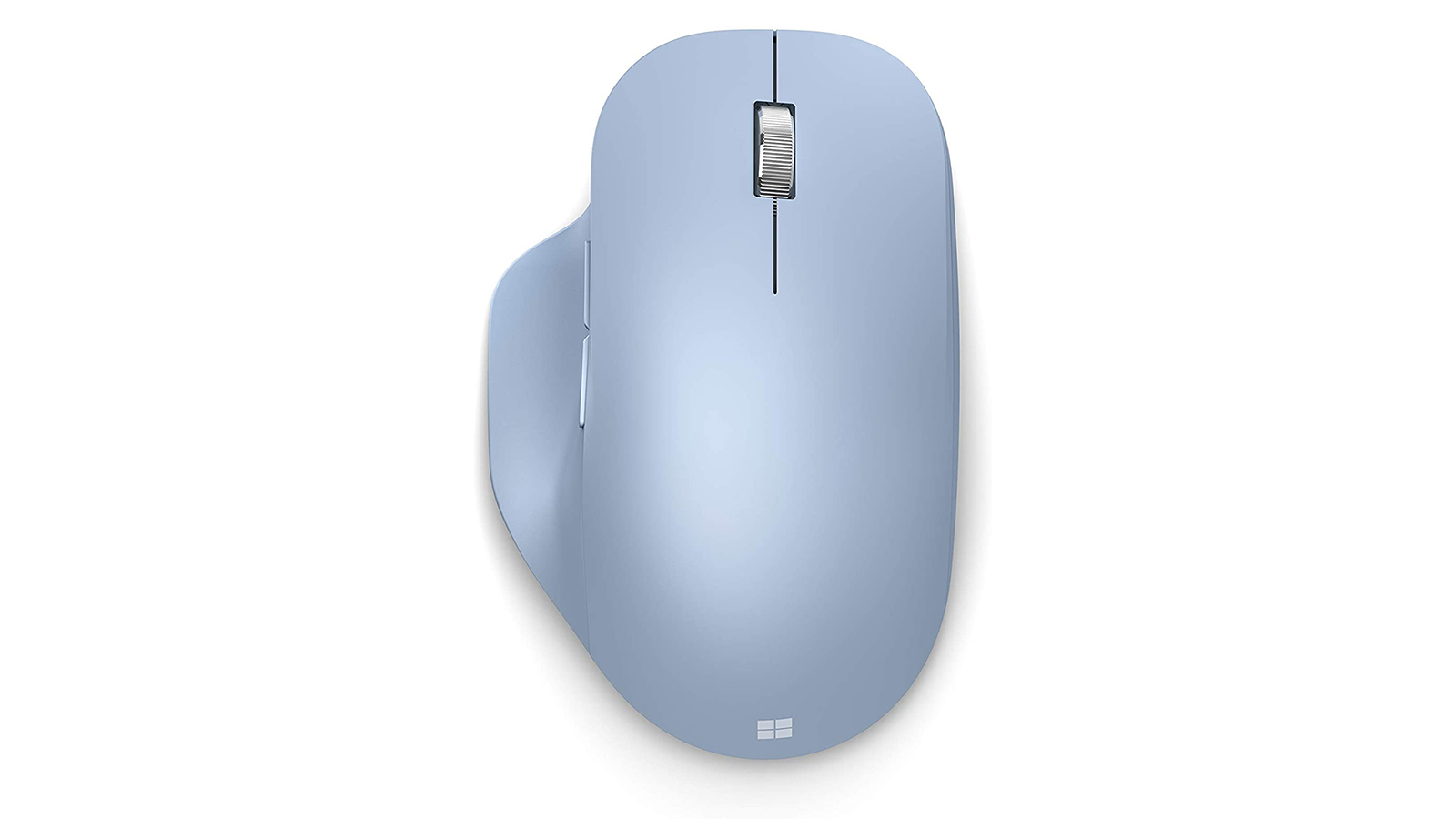
Should you buy the Microsoft Ergonomic Mouse? Absolutely, if you're after a mouse upgrade that's affordable and that's going to give you plenty of value for your money. Microsoft is one of the most well-known names in the business, and this is a piece of hardware you can trust.
Maybe you shouldn't buy the Microsoft Bluetooth Ergonomic Mouse if you're after a lot of advanced features. By advanced features we mean additional buttons, and different profiles you can save for different applications, and RGB lighting that changes colour to match other accessories or whatever is happening on screen.
Most people aren't going to be too fussed about those extra features, although gamers might see them as a necessity. If you are looking for something with a bit more precision and a few more features for your game, check out our guide to the best gaming mouse.
What are the specs of the Microsoft Bluetooth Ergonomic Mouse?
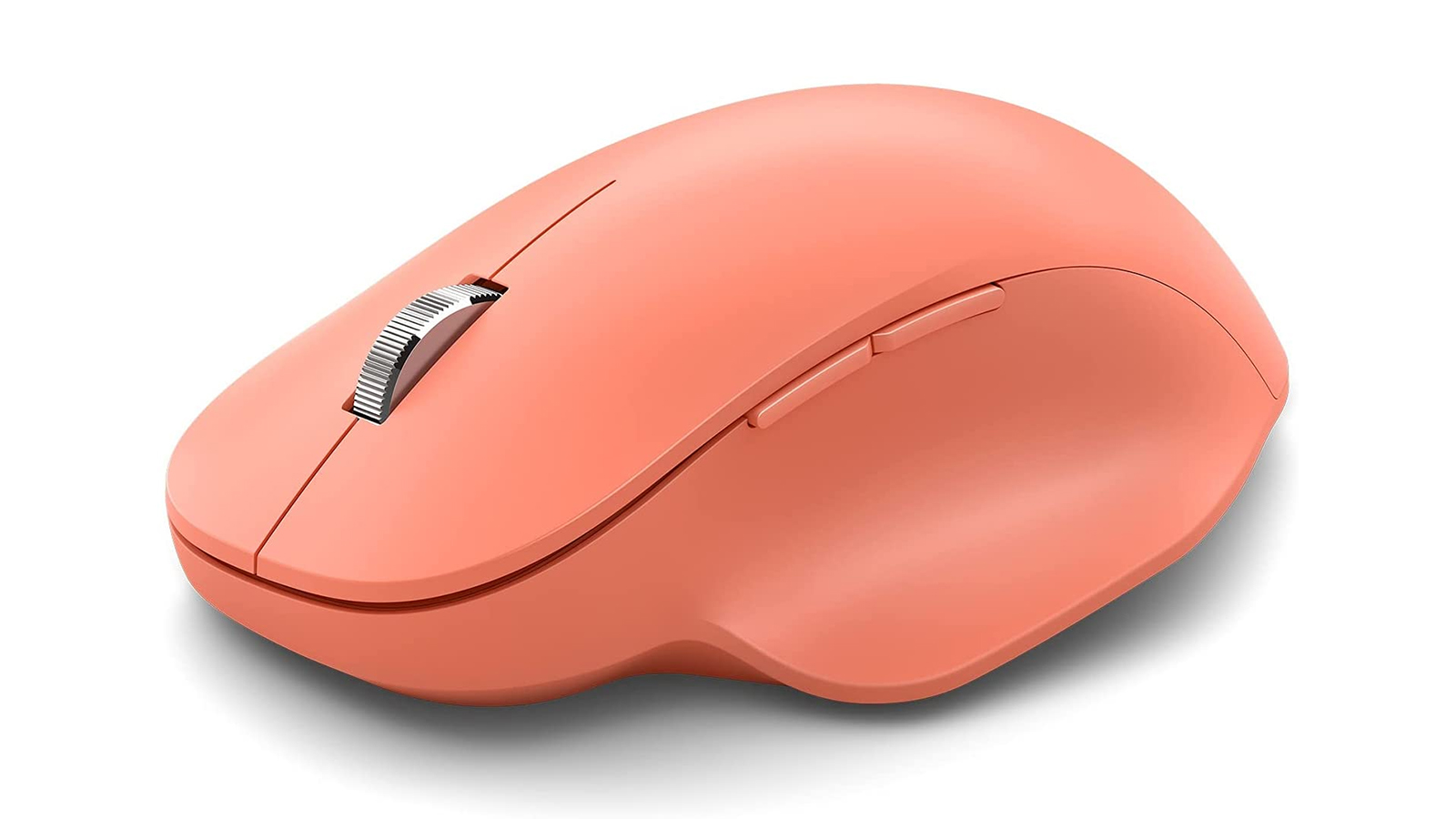
There aren't many specs to talk about when it comes to computer mice, but we can give you a few, like the dimensions of the Microsoft Bluetooth Ergonomic Mouse: it measures 118.2 mm x 76.3 mm 42.4 mm, which is 4.65 inches x 3 inches x 1.67 inches. The mouse weighs in at 91 grams or 3.21 ounces.
Get all the latest news, reviews, deals and buying guides on gorgeous tech, home and active products from the T3 experts
Without being as small and compact as some of the smallest mice on the market – those specifically designed to be carried around in a laptop bag – the Microsoft Bluetooth Ergonomic Mouse is by no means large or heavy. You can quite easily carry it around with you if you're working on the go, especially as it's wireless.
We do like the colours that the mouse comes in, specifically black, white, pastel blue or peach (those are Microsoft's descriptions, not ours). No matter what the setup or style of your desk (or your travelling desk), you should be able to find the Microsoft Bluetooth Ergonomic Mouse in a shade that works for you.
What are the best features of the Microsoft Bluetooth Ergonomic Mouse?
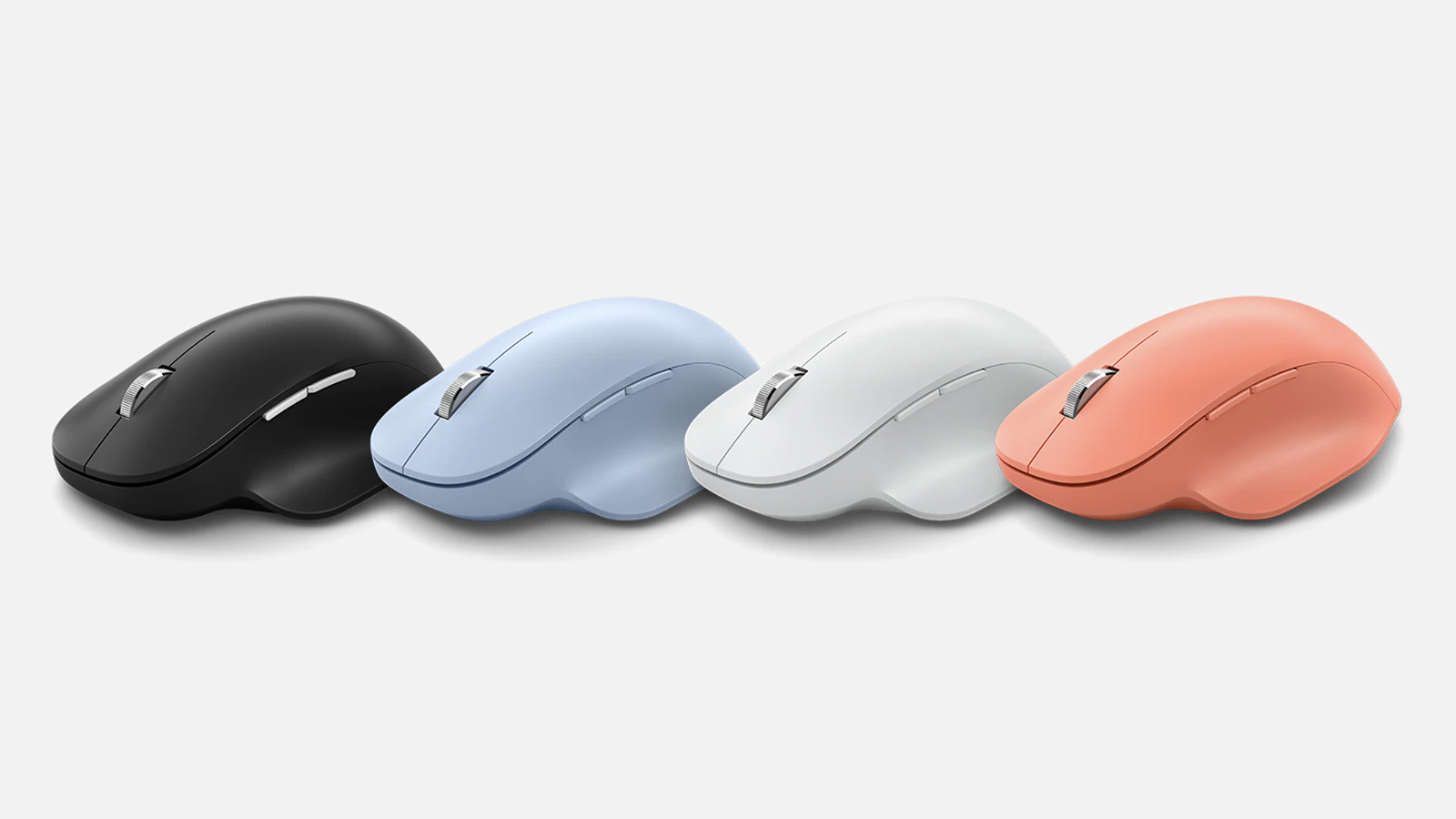
It's fair to say that there aren't an abundance of features when it comes to the Microsoft Bluetooth Ergonomic Mouse – in fact part of its appeal is that it's not weighed down with numerous bells and whistles that you don't really need (and that's reflected in the price that you pay of course).
As the name suggests, this is a wireless mouse that connects over Bluetooth. That means it'll work with just about anything: a Windows desktop, a MacBook, a Surface tablet. You won't have any compatibility problems, what with Bluetooth being universally recognised by just about every device out there.
The mouse is powered by two AAA batteries that come in the box, and Microsoft says you won't have to buy a new pair for around 15 months – though of course that will vary depending on how much you actually use the device. There's a wireless range of around 5 metres or 15 feet in a "typical office environment".
What else do I need to know about the Microsoft Bluetooth Ergonomic Mouse?
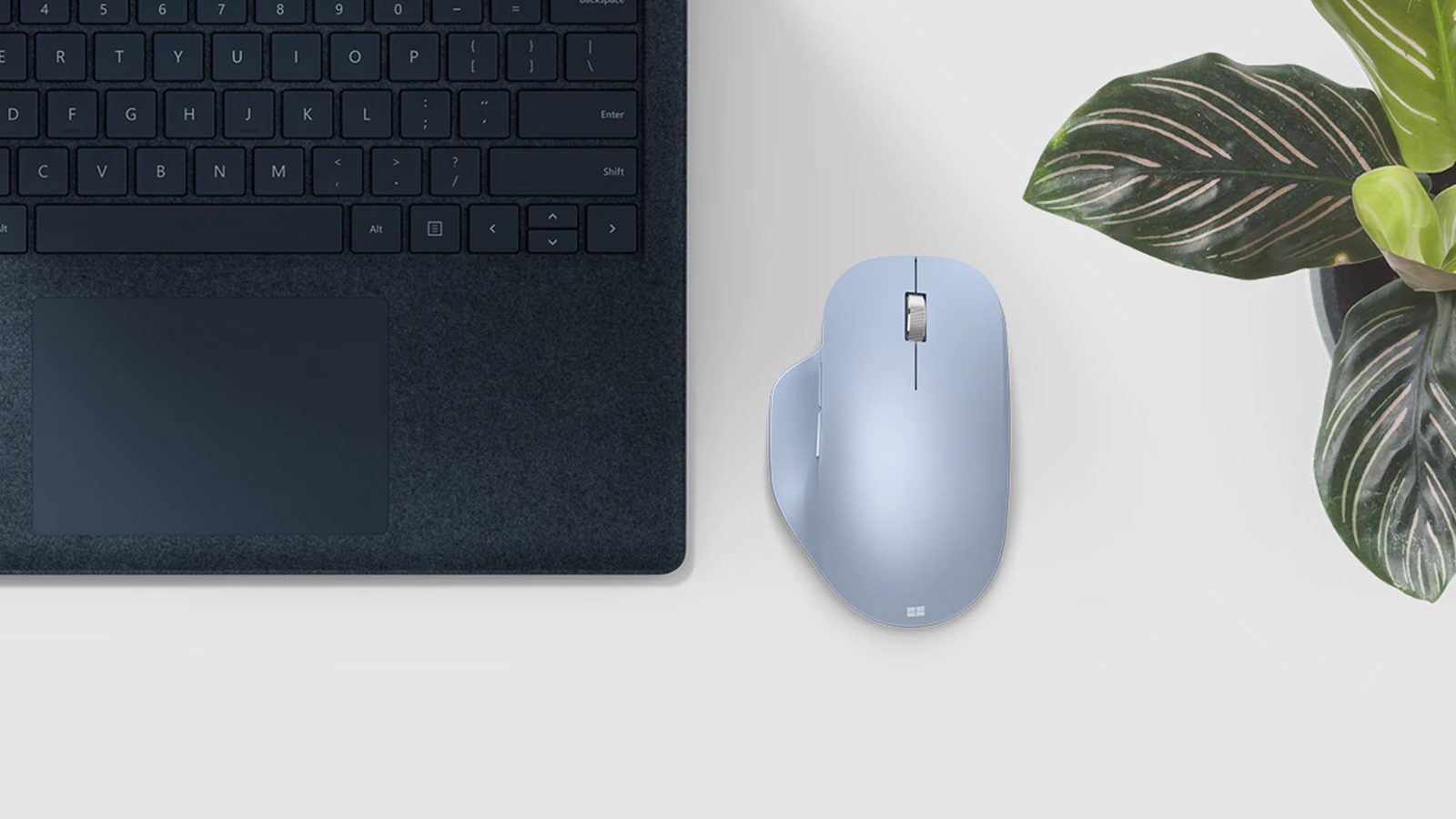
Microsoft doesn't specify the dots-per-inch (DPI) resolution of this mouse, so we can't tell you anything about that – we're assuming that it's not high enough to satisfy dedicated gamers, but more than adequate for everyday computing.
Besides the two main mouse buttons and the scroll wheel (made out of aluminium), there are two additional buttons on the side of the mouse (typically for going forwards and backwards – in a web browser for example). The base of the mouse is made of teflon, which should ensure smooth, non-stick movement.
A word of warning though: Microsoft says the mouse sensor won't work on clear glass or mirrored surfaces, so you're going to need something else to swipe it across. If you can live with that, the Microsoft Bluetooth Ergonomic Mouse might be the input device for you.
What are the alternatives to the Microsoft Bluetooth Ergonomic Mouse?
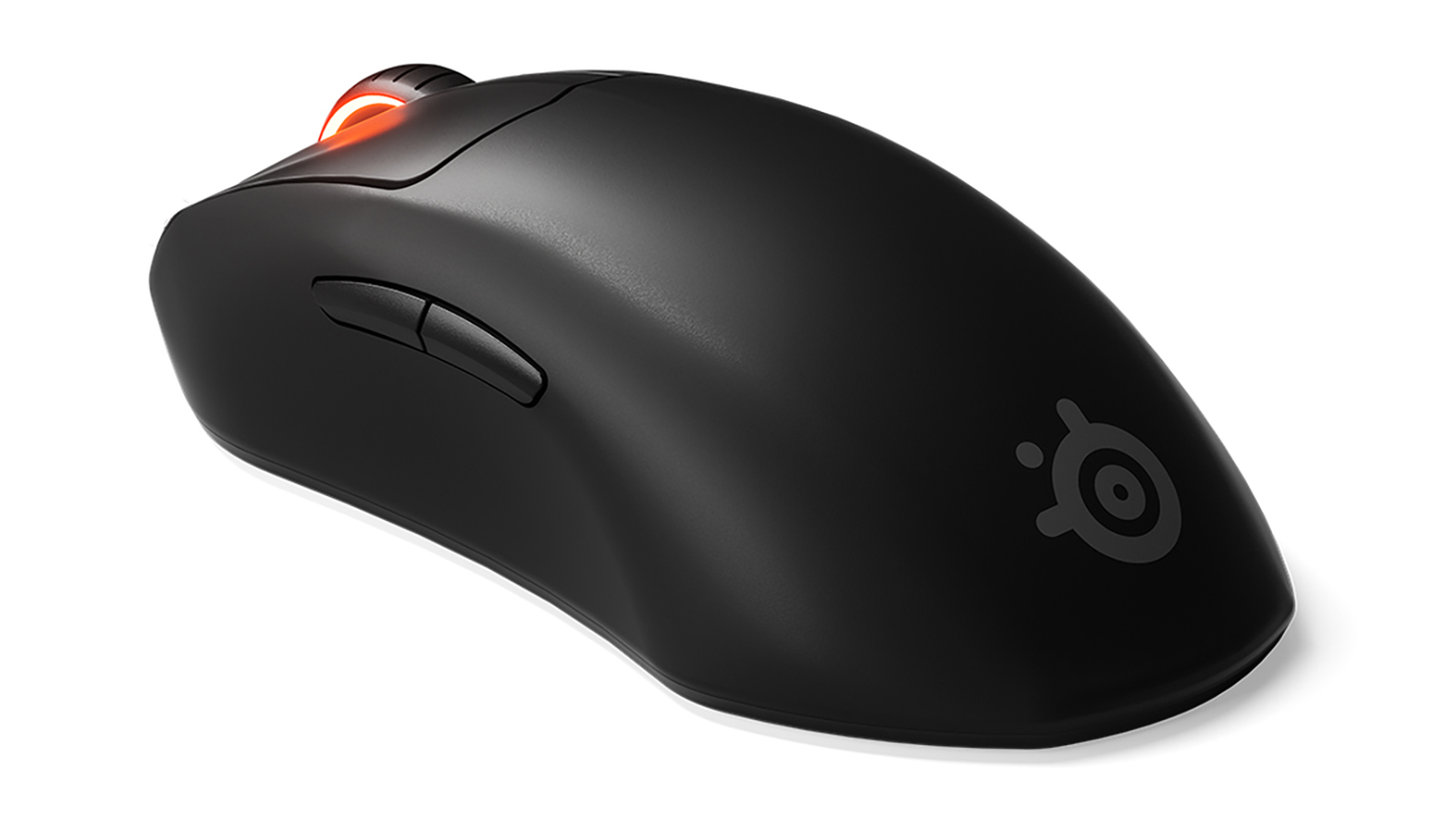
There are of course plenty of computer mice on the market, of all shapes and sizes – take a look at our best mouse guide to see some of the top picks available right now. The Microsoft Bluetooth Ergonomic Mouse doesn't particularly stand out, but that's part of its appeal: it's reliable, good value, well made and functional.
If you're willing to spend a little bit more money, the SteelSeries Prime Wireless is definitely worth a look. It has the same number of buttons as the Microsoft Bluetooth Ergonomic Mouse, but it's lighter and its sensor has a greater resolution (which means it should be more responsive to your hand movements).
On the other hand, if you're wanting to save some money, consider the Tecknet Slim Wireless Mouse. Again, it's a wireless model, and it costs hardly anything at all – it's nice and small too, though you don't get the additional buttons on the side. We'd recommend it if you're looking for something you can work on the go with.
- Make sure you've got one of the best keyboards under your fingertips
Dave has over 20 years' experience in the tech journalism industry, covering hardware and software across mobile, computing, smart home, home entertainment, wearables, gaming and the web – you can find his writing online, in print, and even in the occasional scientific paper, across major tech titles like T3, TechRadar, Gizmodo and Wired. Outside of work, he enjoys long walks in the countryside, skiing down mountains, watching football matches (as long as his team is winning) and keeping up with the latest movies.
